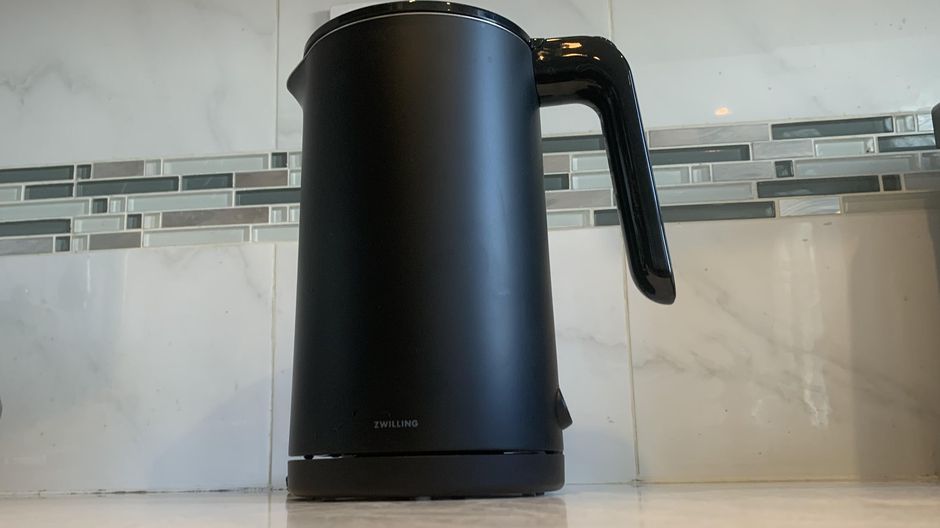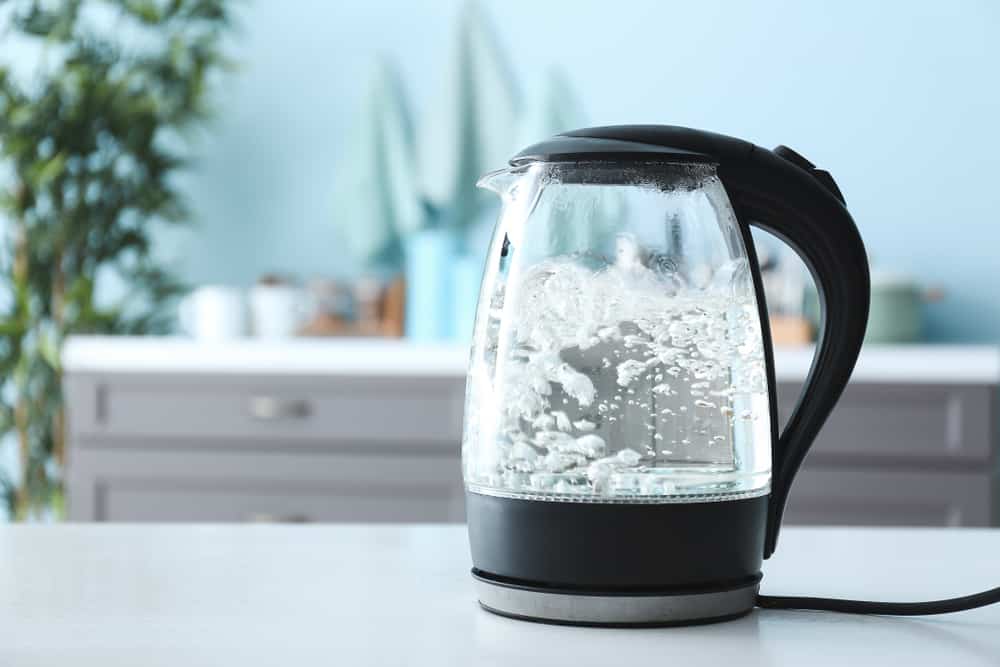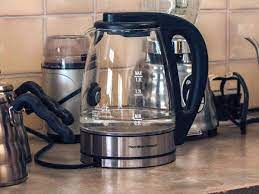Are Kettles Safe to Use? - Each and every type of kettle is scrutinised

I’ve been using a kettle, so when a friend in the United States asked if they were safe, I was surprised. I’d never given it a thought that they weren’t.
Following my discoveries concerning plastic, in particular, I performed a detailed study into the various materials used to construct kettles to assist you in making an informed decision when purchasing a kettle shortly.
Is it Safe to Use Electric Kettles?

Electric kettles, which get their electricity from being plugged into a wall outlet, and stovetop kettles, which are put on top of a gas burner, are the two varieties of kettles.
Electric kettles are built of several materials, including glass and plastic, and are frequently considered the most practical sort of kettle (later on).
While electric kettles present some danger (after all, you’re boiling water near an electrical outlet), the greatest danger comes from the heat source used to boil the water within the kettle.
Certain old kettles may still contain nickel components, according to a 2003 story in The Guardian, which could cause health risks.
On the other hand, electric kettles used today are made with safety in mind and offer few health risks to individuals who use them.
However, there are several material variables to consider when purchasing a new kettle, which is why I’ve divided the rest of this essay into sections to look at the various materials used in kettle manufacture.
Is it Safe to Use Plastic Kettles?
Because of its low cost, plastic is the most often used material in the manufacture of kettles, allowing electric kettles to be sold for less than $20.
On the other contrary, plastic kettles are the most dangerous kettles on the market. This is due to the plastic material chosen, not the truth that the kettle is electric, once again.
Kettles made of plastic are not recommended since they may leak toxins like BPA (Bisphenol A) or Phthalates into your water.
These compounds have various negative health consequences and, in certain situations, can drastically alter the flavour of the water boiled in the kettle.
Is it Safe to Use Glass Kettles?

Glass is among the best and safest choices for a kettle since it does not emit any toxins during the manufacturing process (unlike plastic). A glass kettle filled with boiling water, on the other hand, could give you the creeps.
This isn’t necessary, thankfully. The great majority of modern glass kettles are covered to protect the glass from being damaged by boiling water, making them completely safe.
Glass kettles provide greater temperature control, don’t discolour, and don’t retain the flavour or odour of the material.
Glass kettles are much more costly than plastic and more easily broken than some of the other materials on our list, but I believe they are a material worth investing in.
Is it Safe to Use Brass or Copper Kettles?
Copper kettles are stovetop (rather than electric) kettles that have gained popularity in recent years due to coverage in various home design magazines.
Modern copper kettles are perfectly safe since they include stainless steel, tin, or nickel lining that avoids copper tea kettle poisoning. On the other hand, a historic copper kettle might not be safe.
You should pay close attention to the material used on the pot’s interior, as this is the section of the kettle that will come into touch with the water you will drink.
Is it Safe to Use Brass or Copper Kettles?
Copper kettles are stovetop (rather than electric) kettles that have become increasingly popular in recent years due to attention in several home design magazines.
Modern copper kettles are perfectly safe since they include stainless steel, tin, or nickel lining that avoids copper tea kettle poisoning. On the other hand, a historic copper kettle might not be safe.
You should pay close attention to the material used on the pot’s interior, as this is the section of the kettle that will come into touch with the water you will drink.
Copper kettles have a few advantages in terms of health and safety, but they also have a disadvantage. Copper tarnishes quickly when exposed to air and is readily dented and scratched.
This isn’t great news, given that a copper kettle is one of the most expensive materials available.
If you do decide to acquire a copper kettle, be sure to get a selection of appropriate polishes to keep it shining on your worktop.
Is it Safe to Use Aluminium Kettles?
Aluminium is a very soft and light metal that would buckle if it came into contact with hot water. As a result, a tiny amount of other components, such as manganese, is frequently added to the mix to aid in building the kettle.
The oxidation process seals in any potential leaks and makes the material generally safe to use in a kettle.
I say only reasonably safe because, even though aluminium is a regularly used ingredient in drinks, there has been little research into its ingestion (cans of pop, etc.). When it comes to buying a kettle, there are a lot of safer materials to pick from.
Is it Safe to Use Stainless Steel Kettles?
Kettles made of stainless steel are extremely robust and come in various elegant designs. They have become the most common material for kettle manufacturers in recent years.
This is because stainless steel is the safest material for a kettle and is considered superior to a plastic kettle. Humans are not harmed by drinking water from a stainless steel kettle, and it does not have a metallic flavour (which you may find with brass, copper, and aluminium).
Stainless steel kettles are generally preferred over safe kettle materials like glass since they are reasonably inexpensive and extremely robust. Stainless steel kettles have benefited from manufacturing and technological developments.
Stainless steel kettles from designer companies like KitchenAid and Smeg and smart stainless steel kettles with built-in Alexa are now available.
When purchasing a kettle, stainless steel is the sole material I consider. I’m clumsy, so the glass is out, and I don’t have time to polish things (besides, I prefer electric over the stovetop), so brass or copper are out, and plastic kettles are, of course, dangerous to use.











